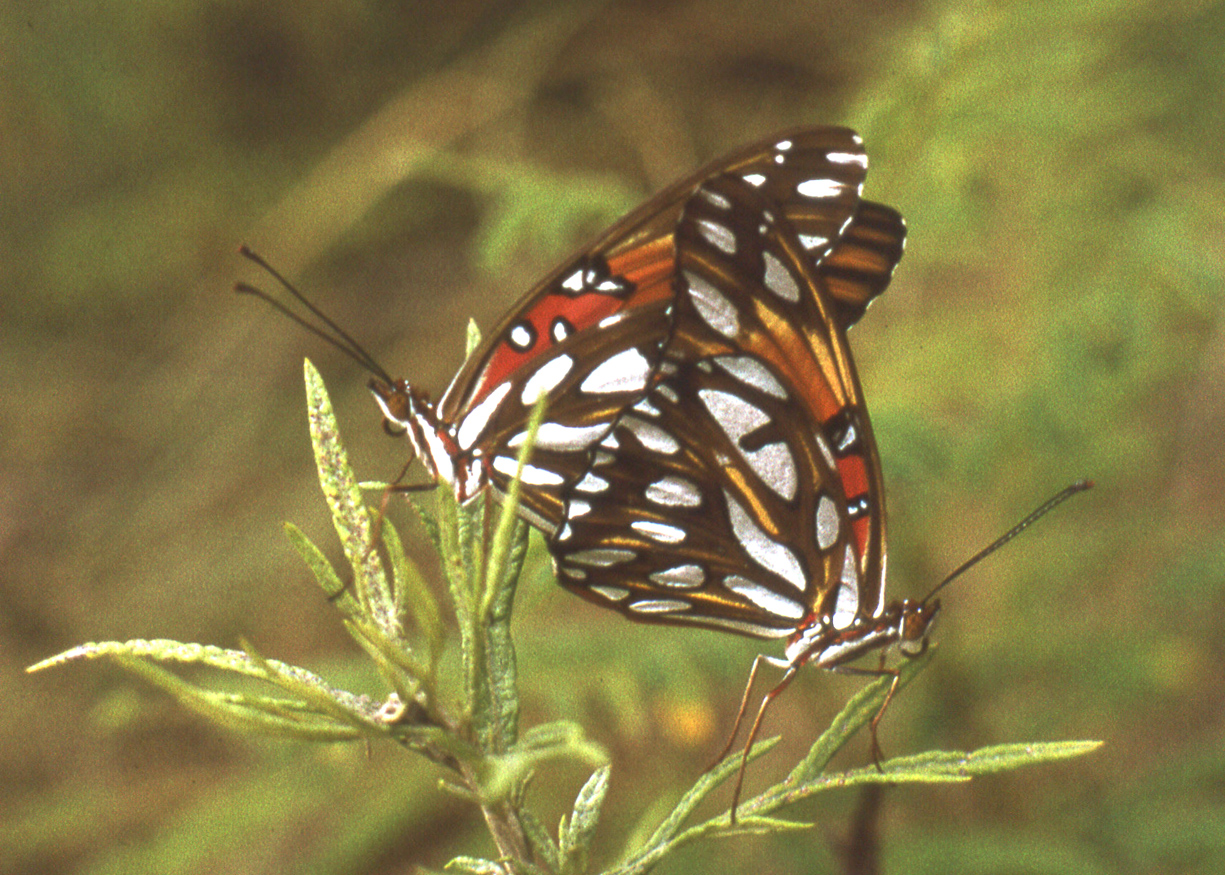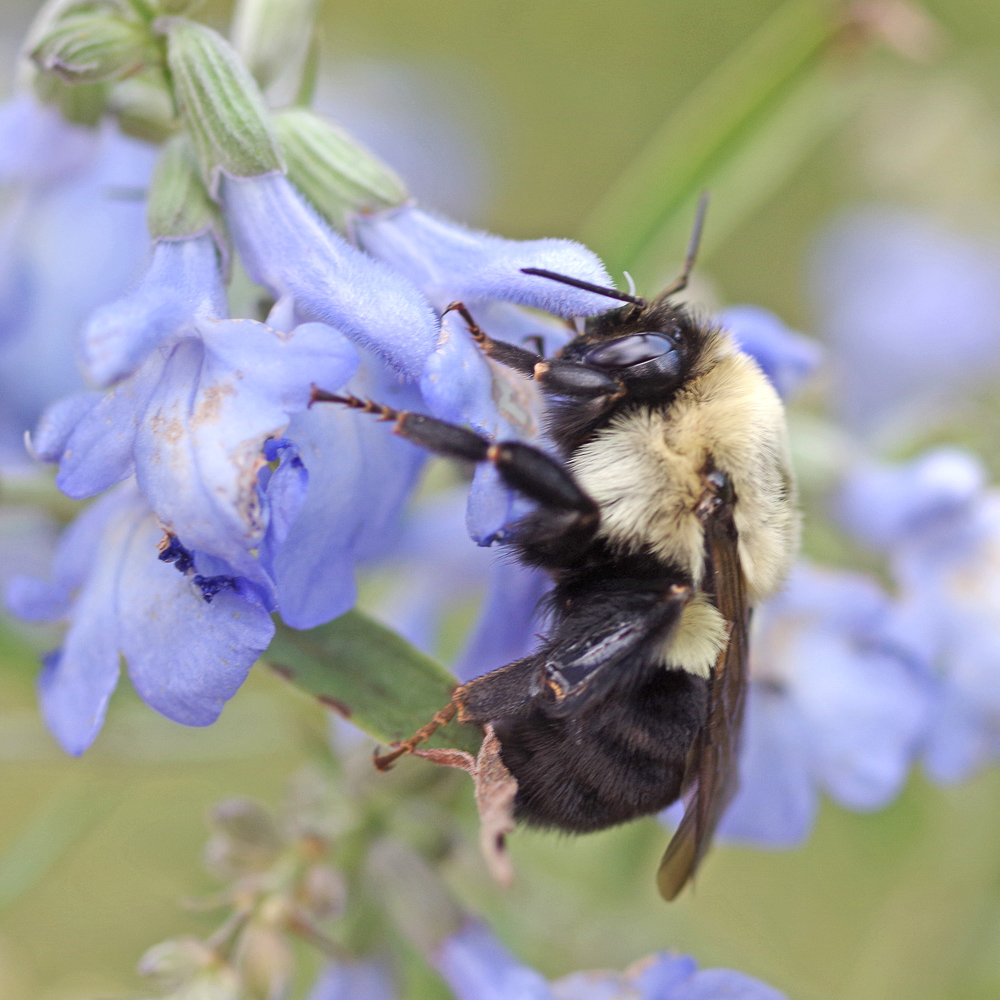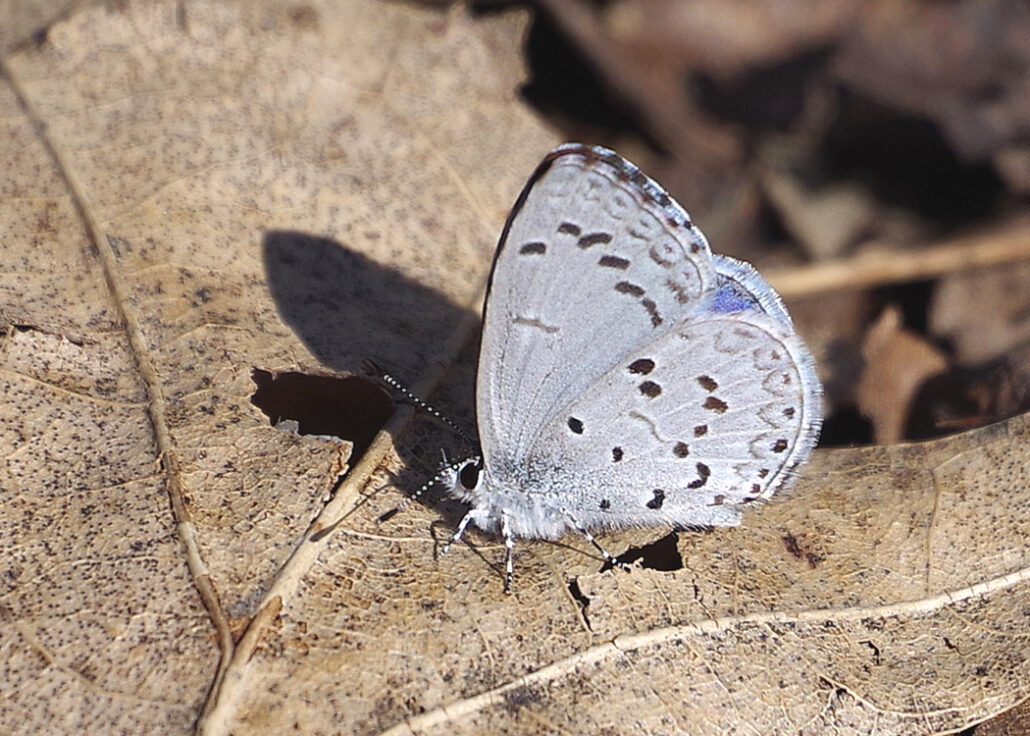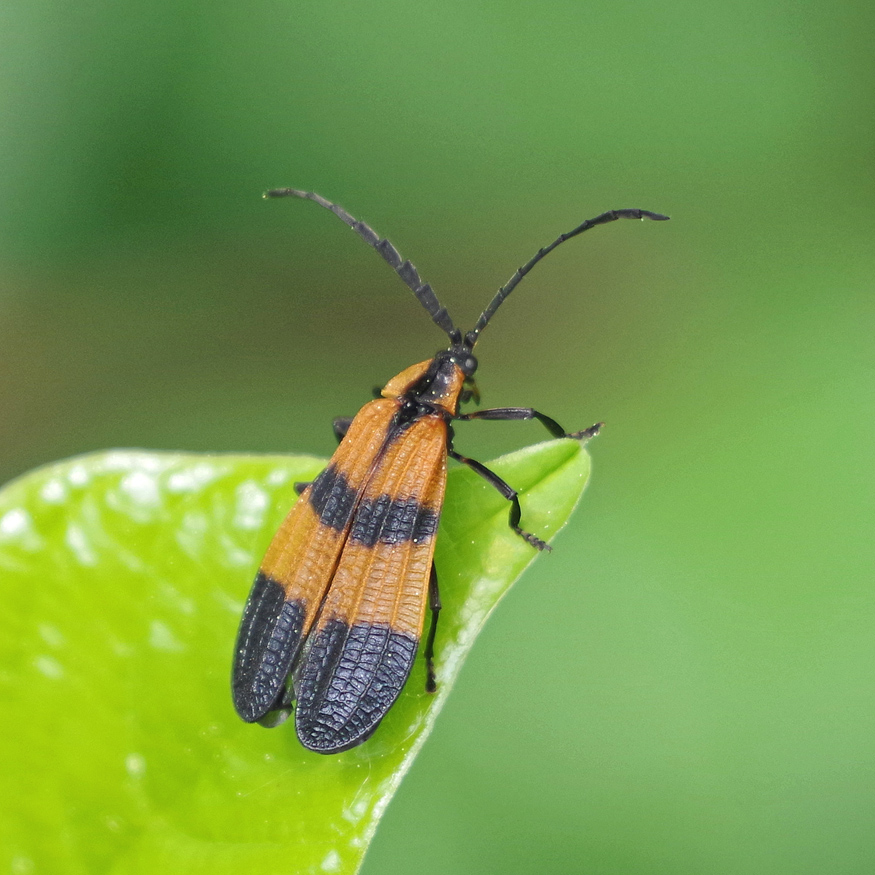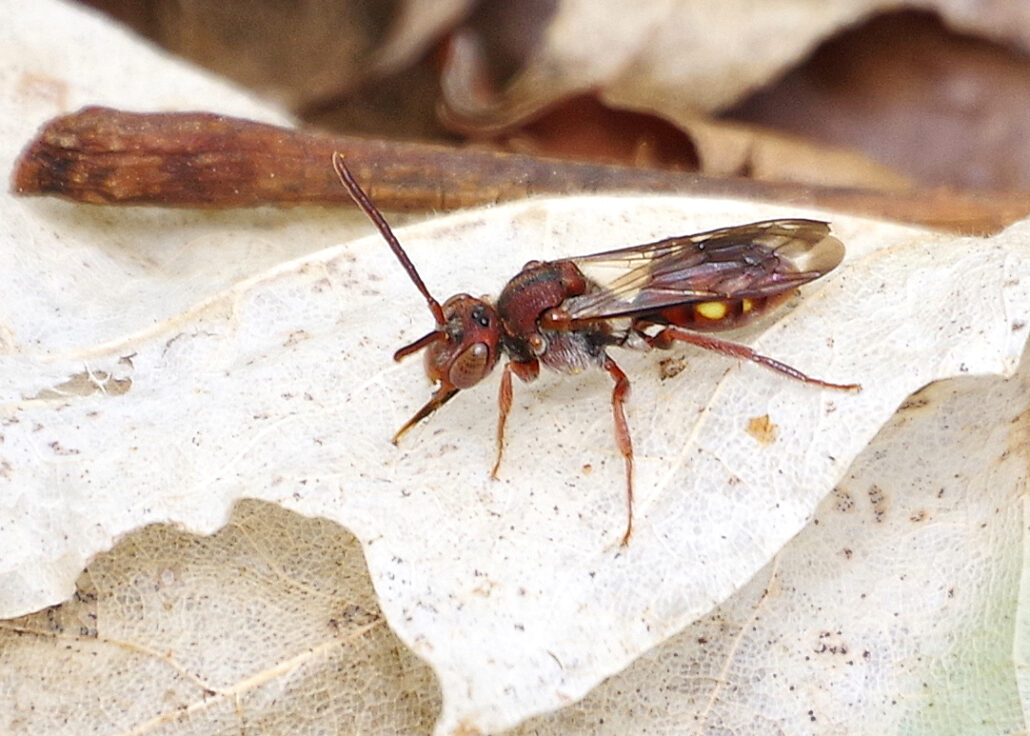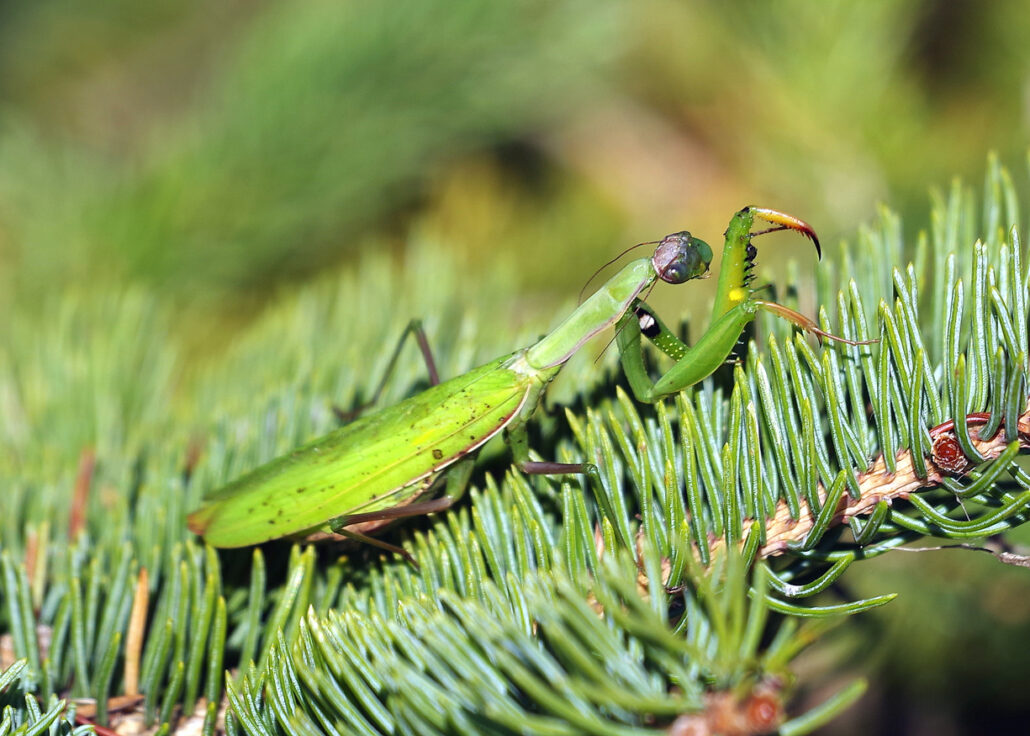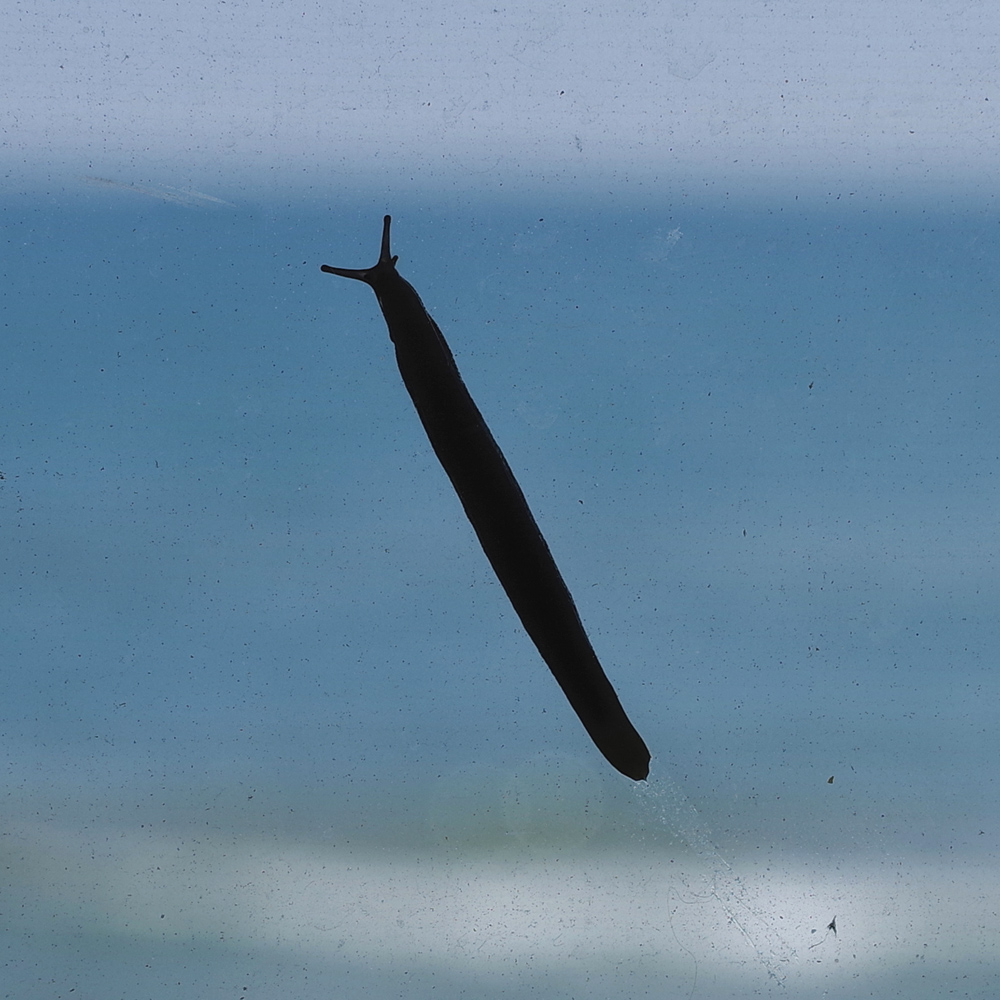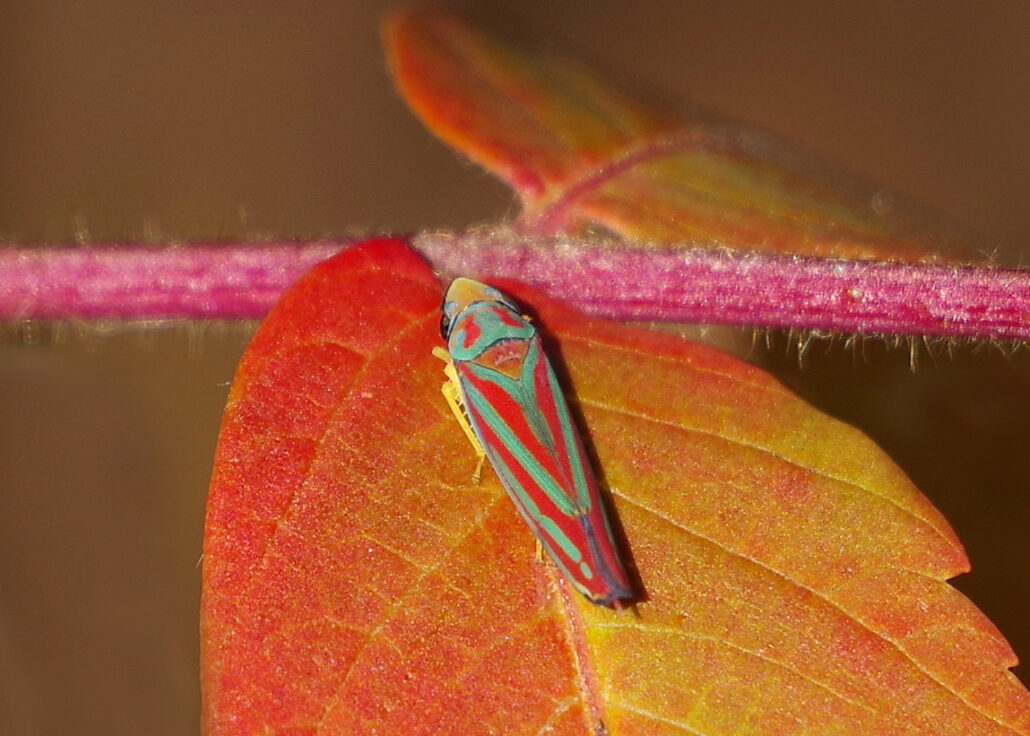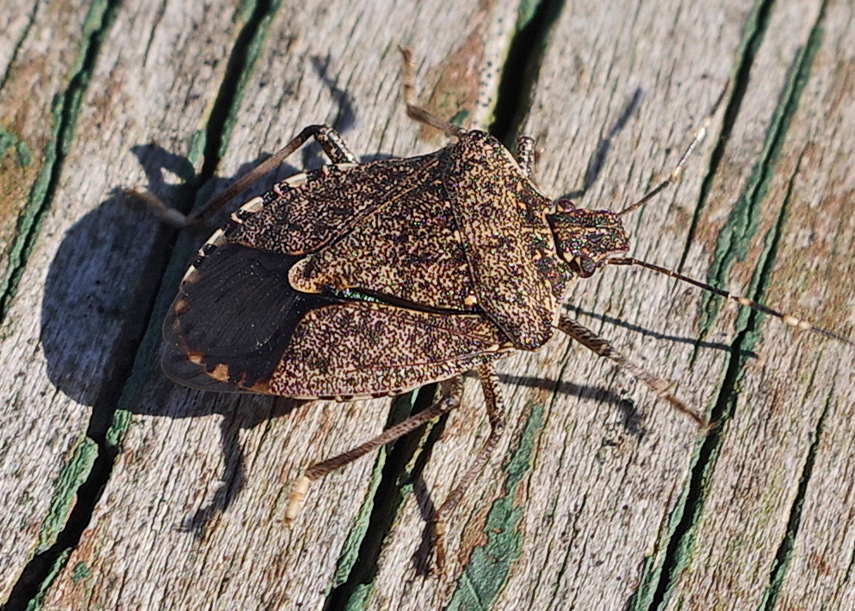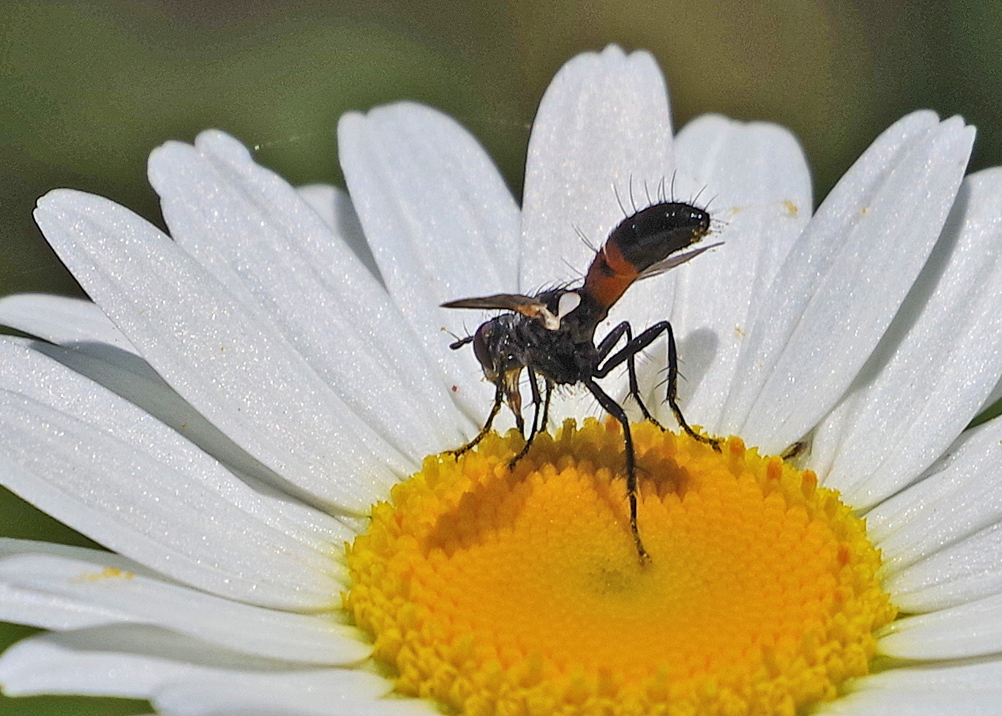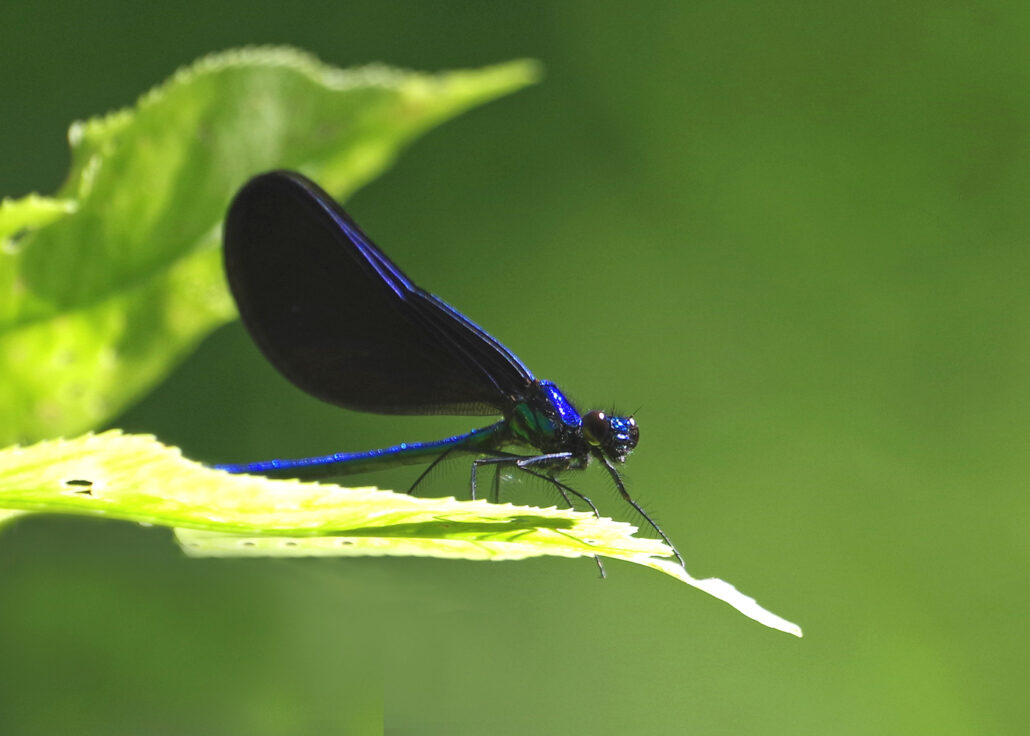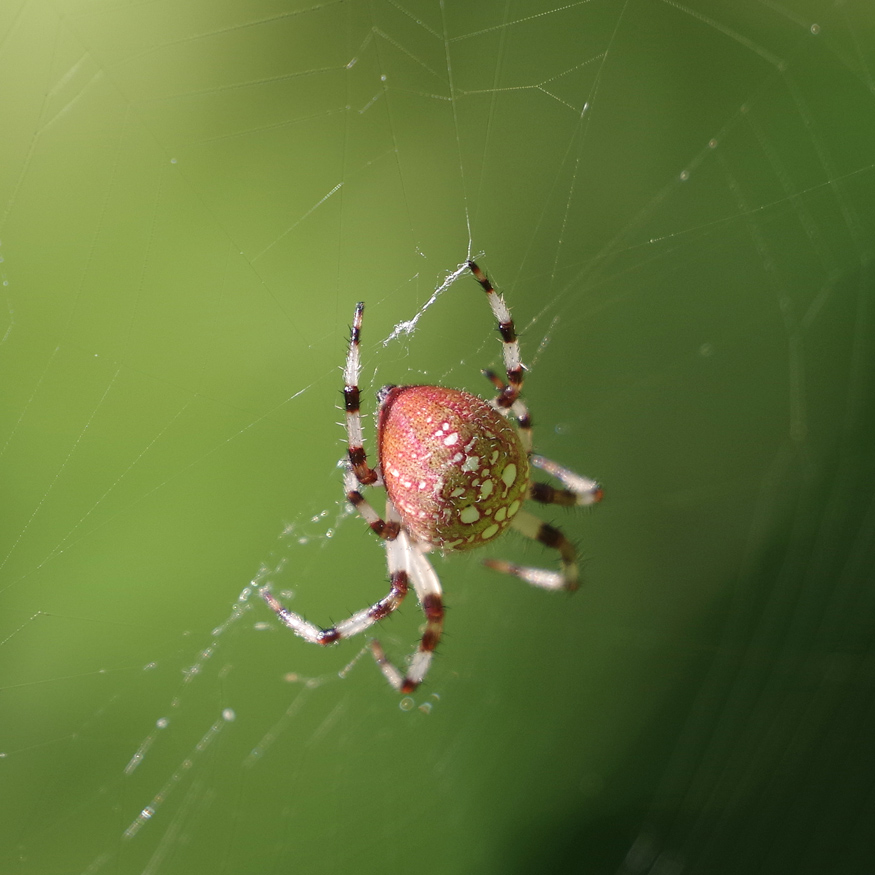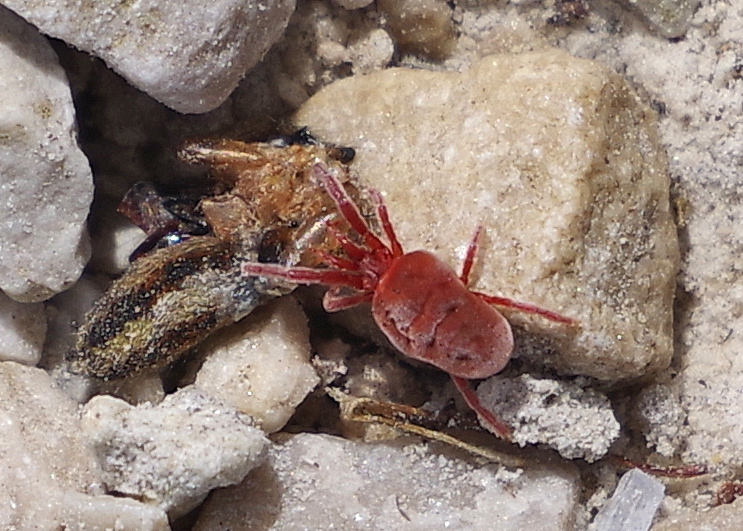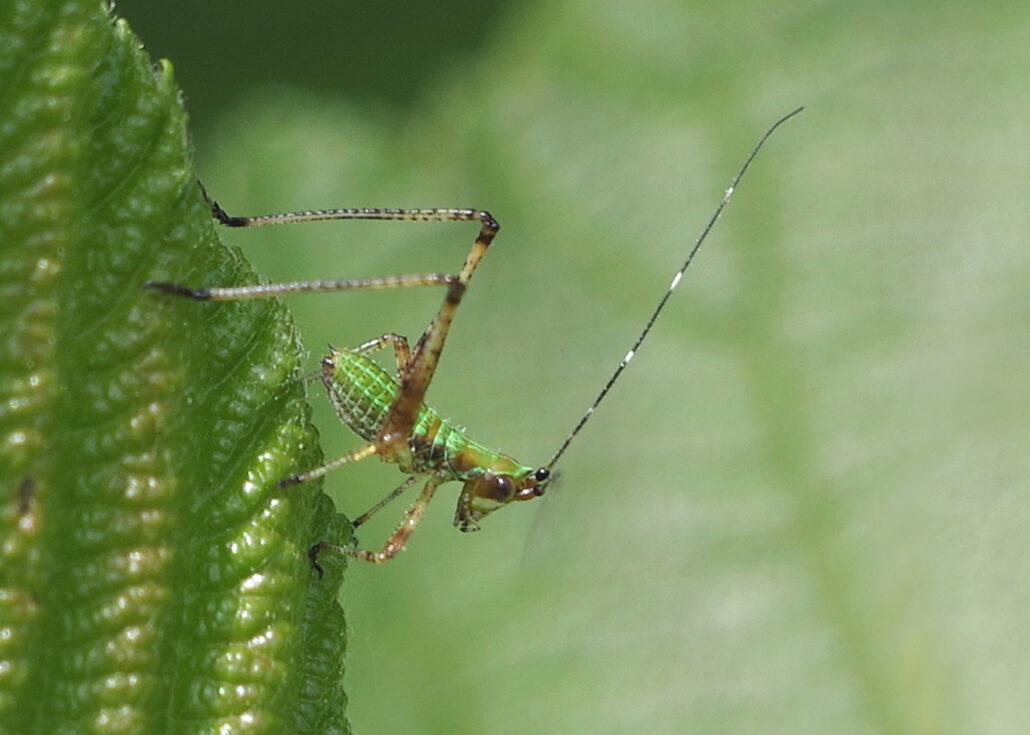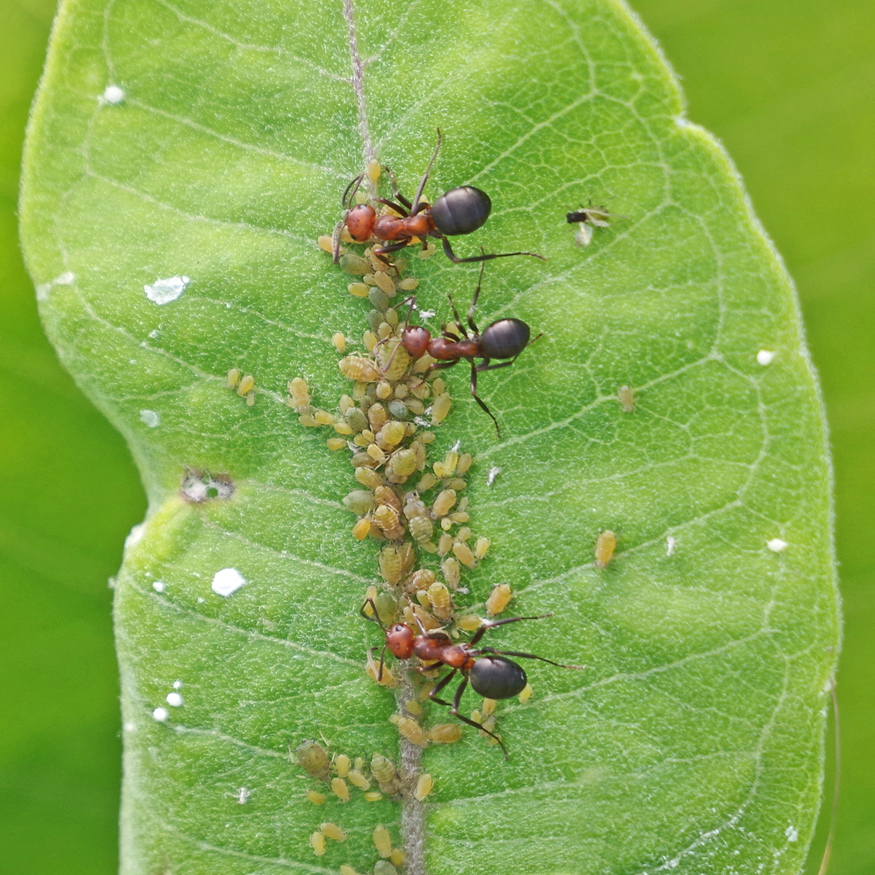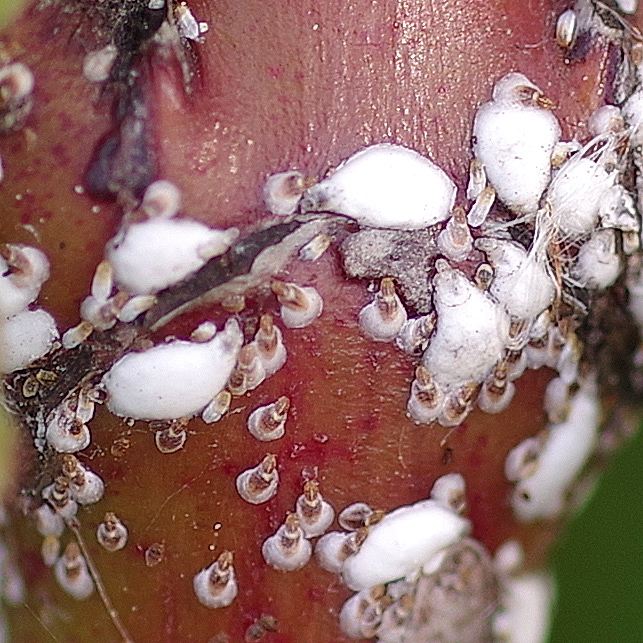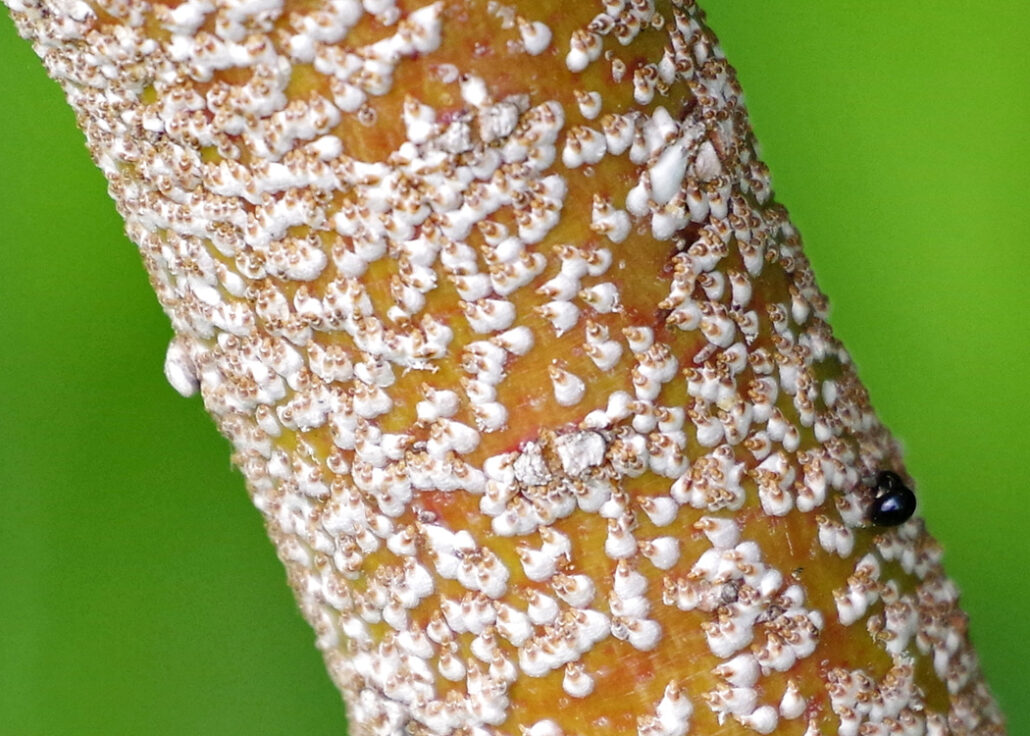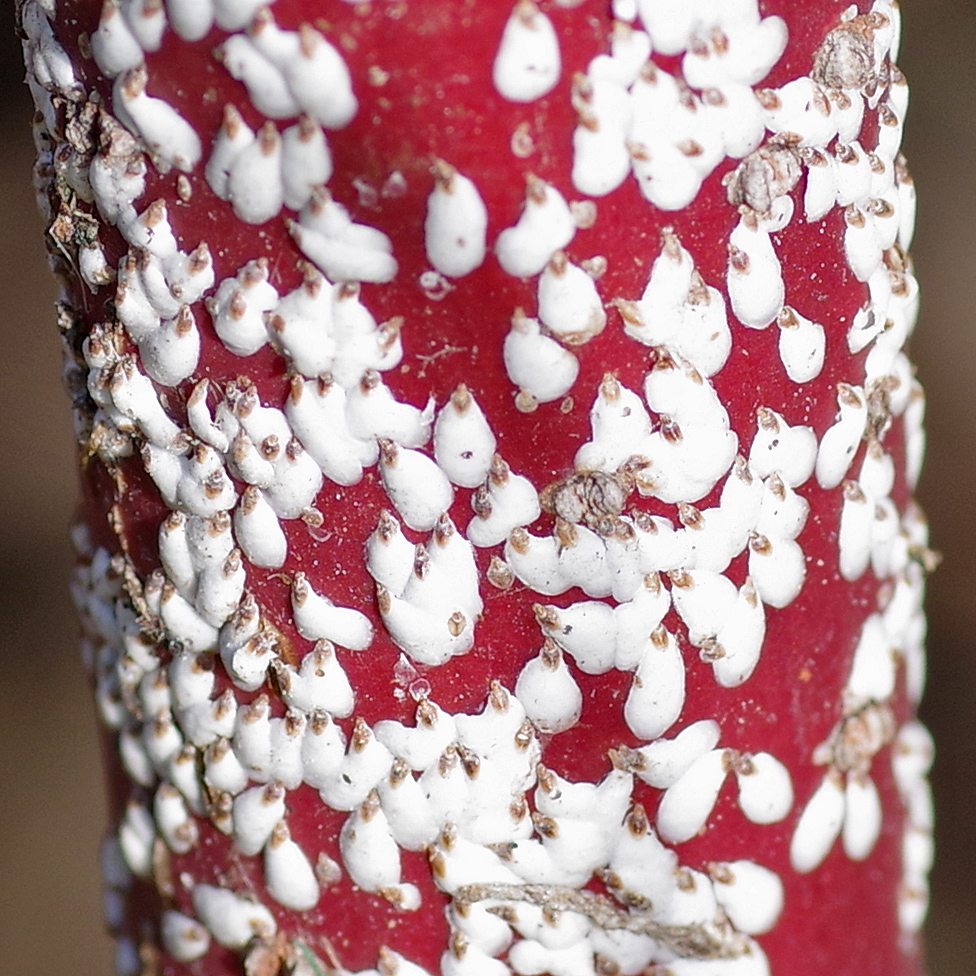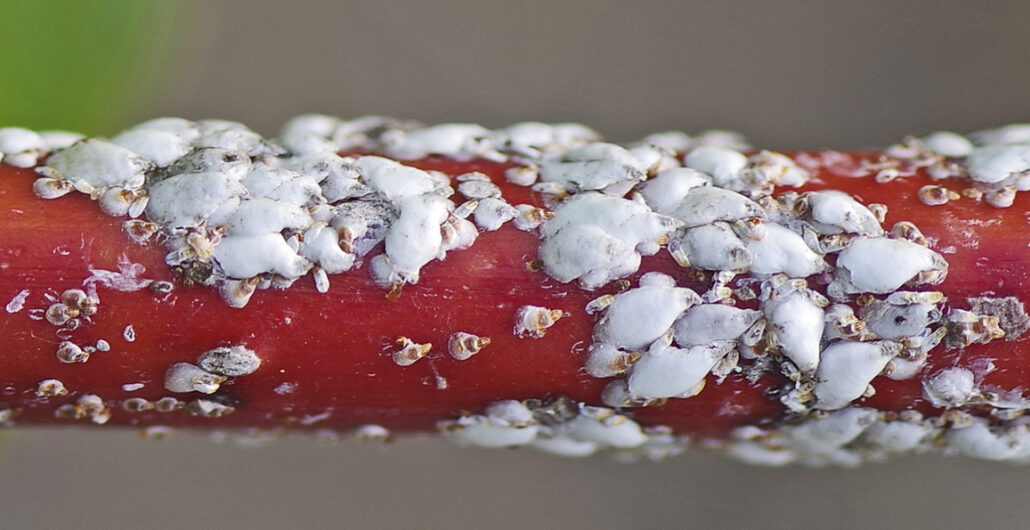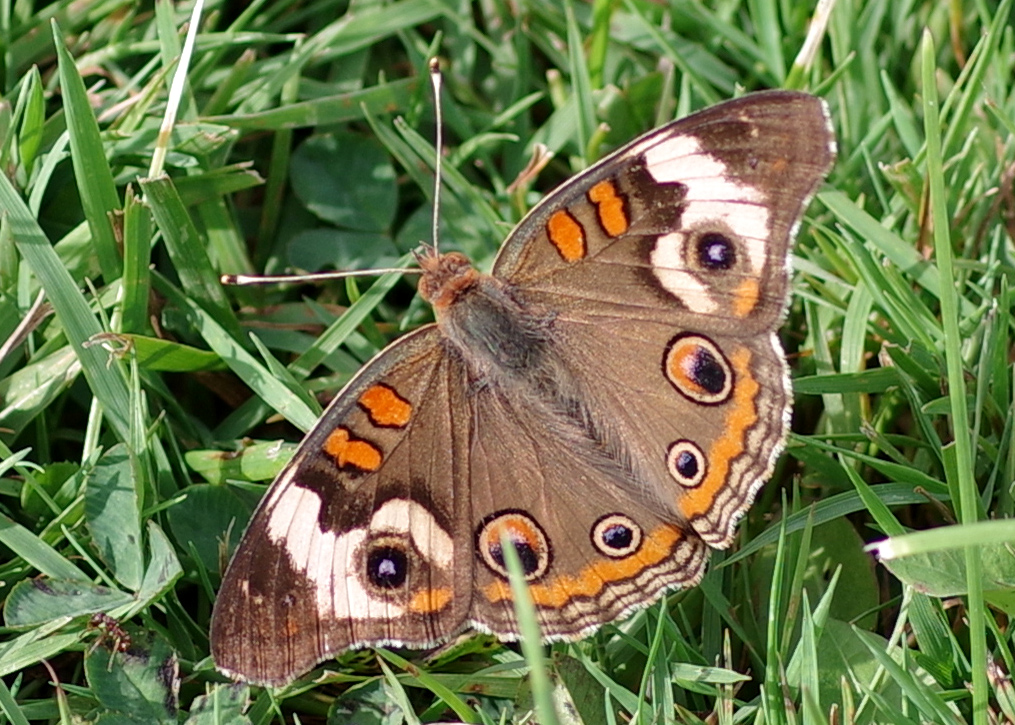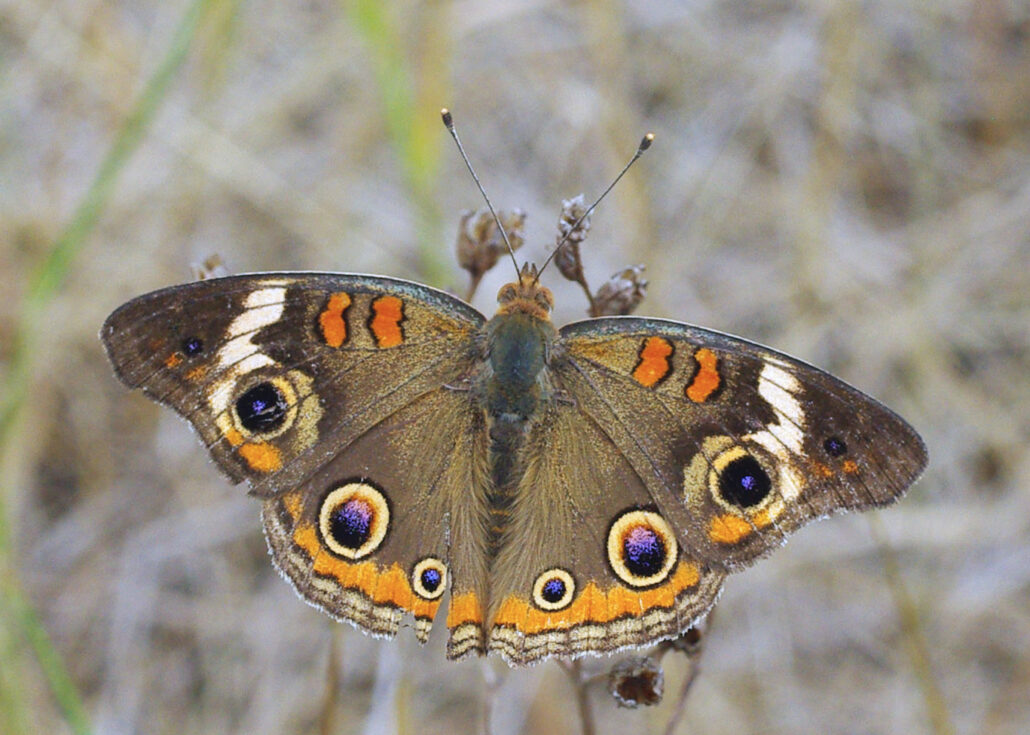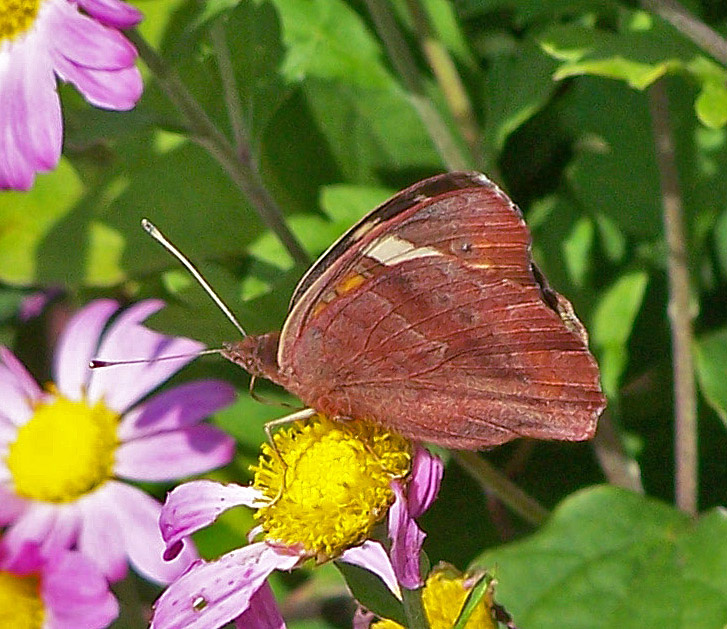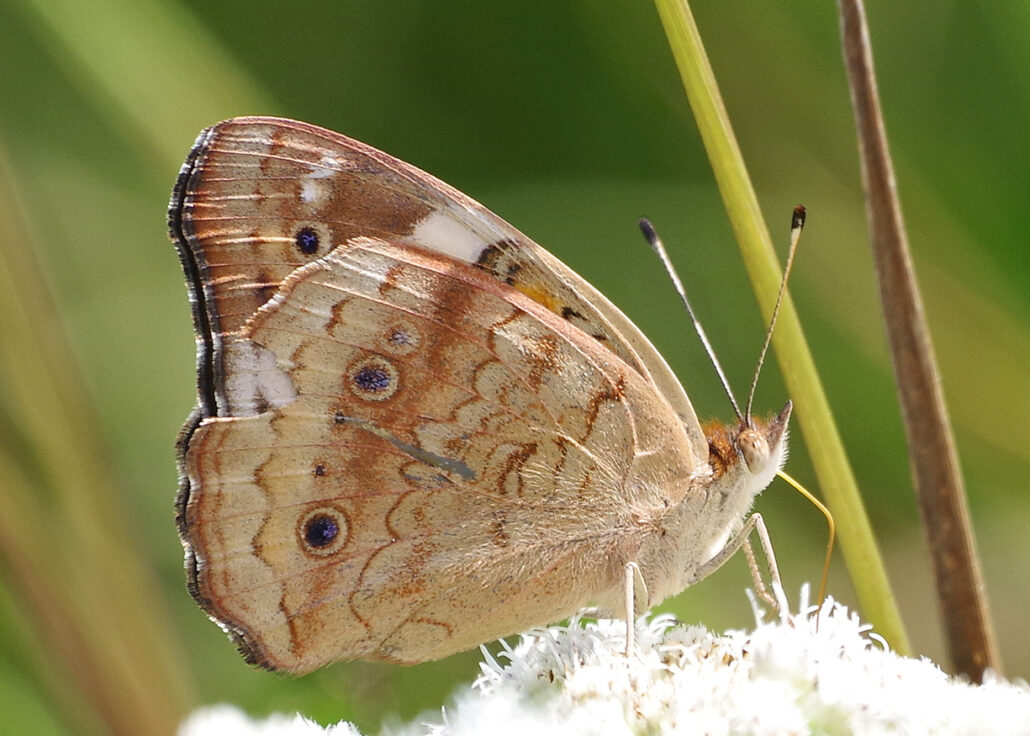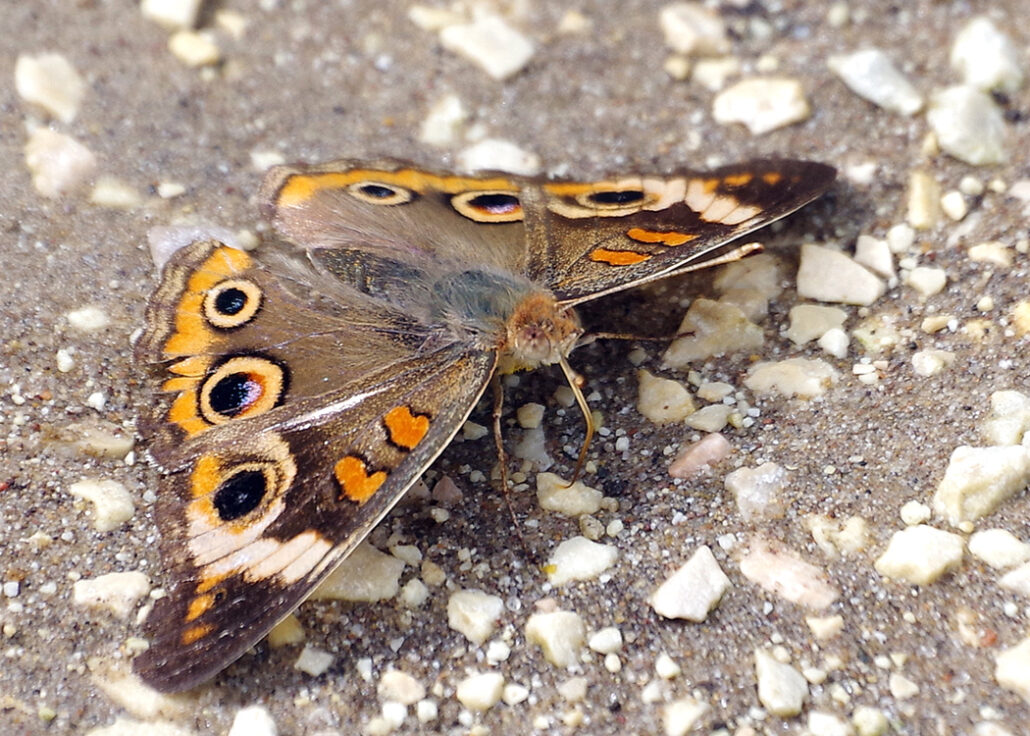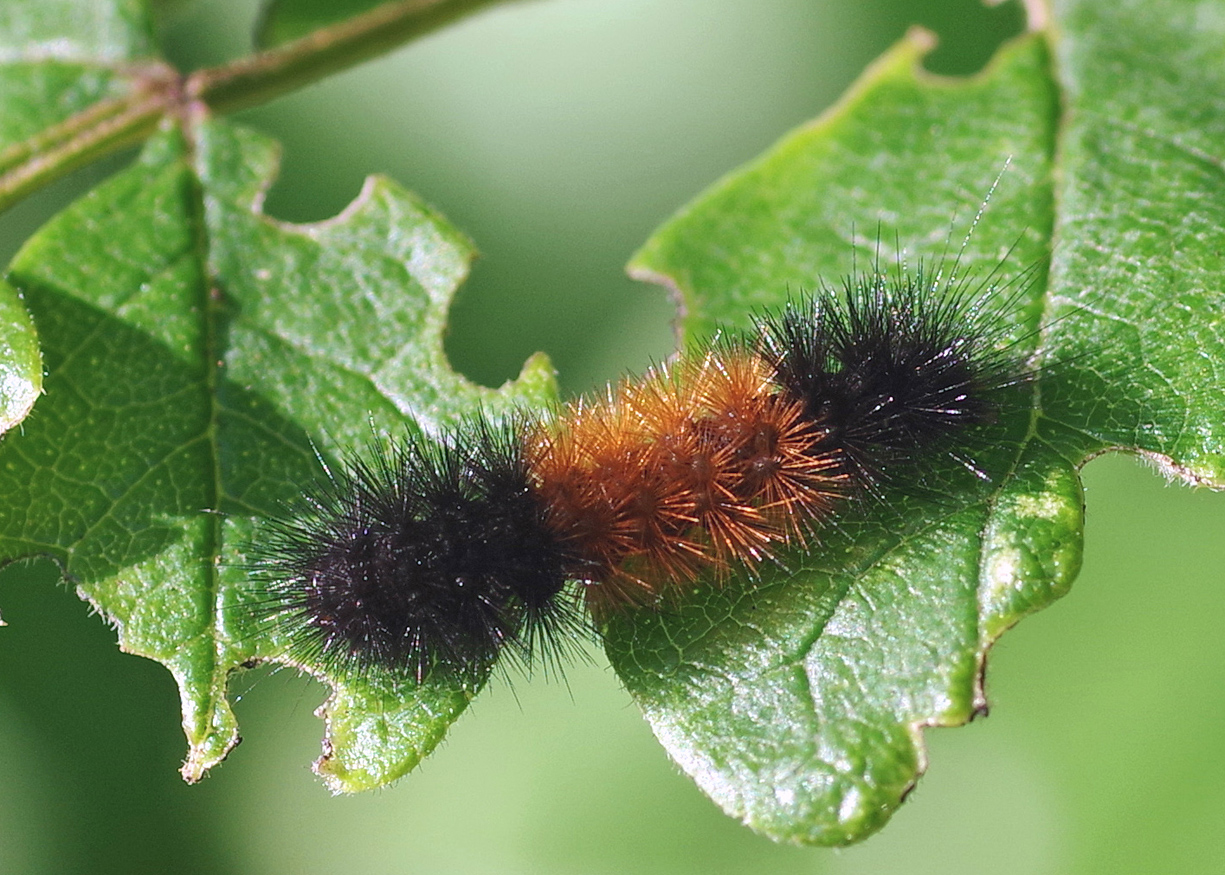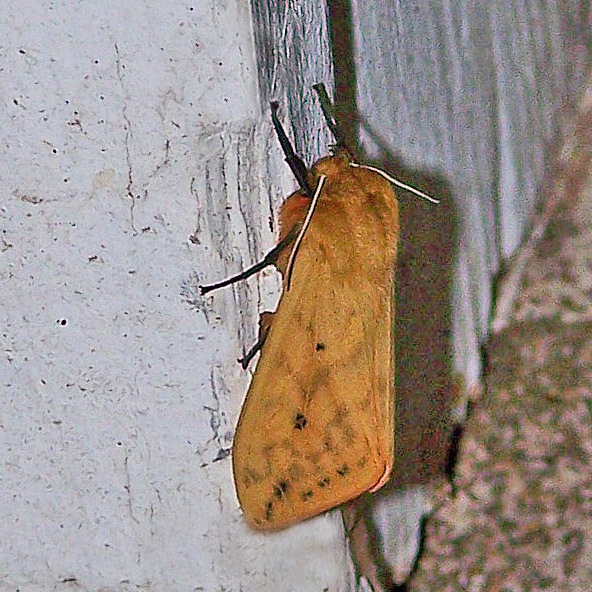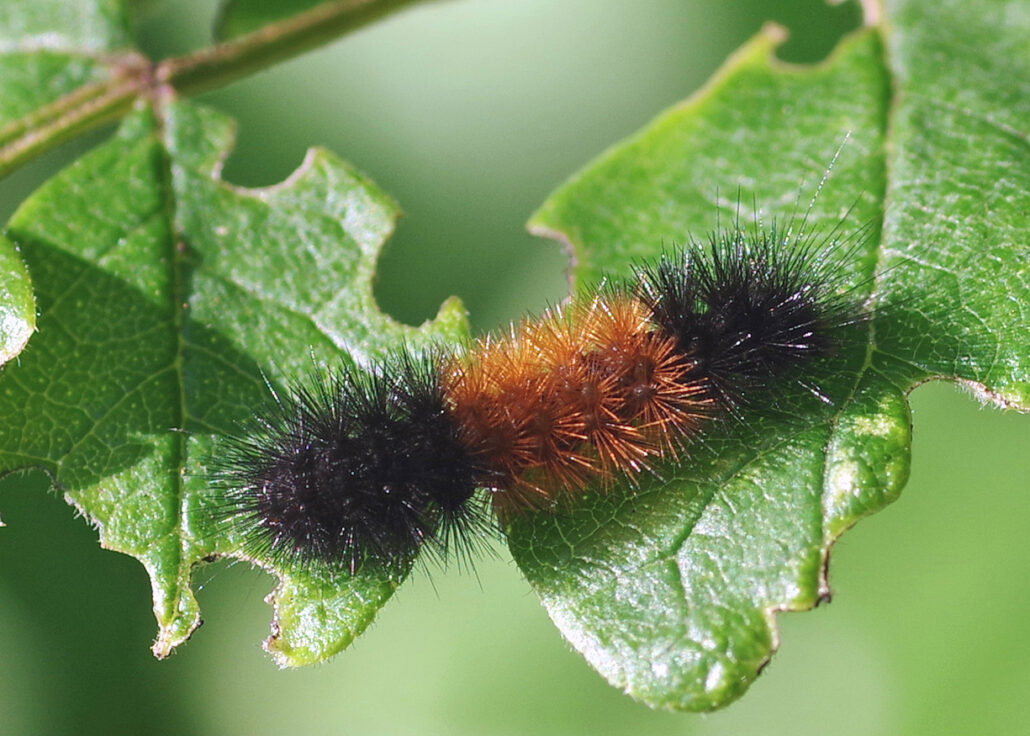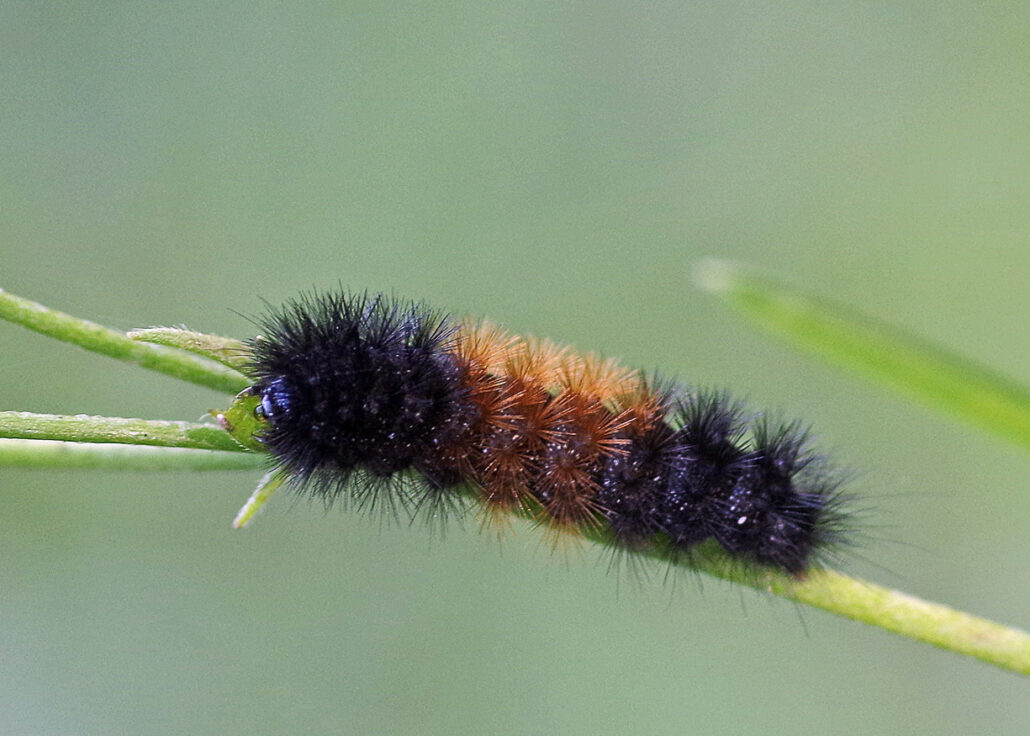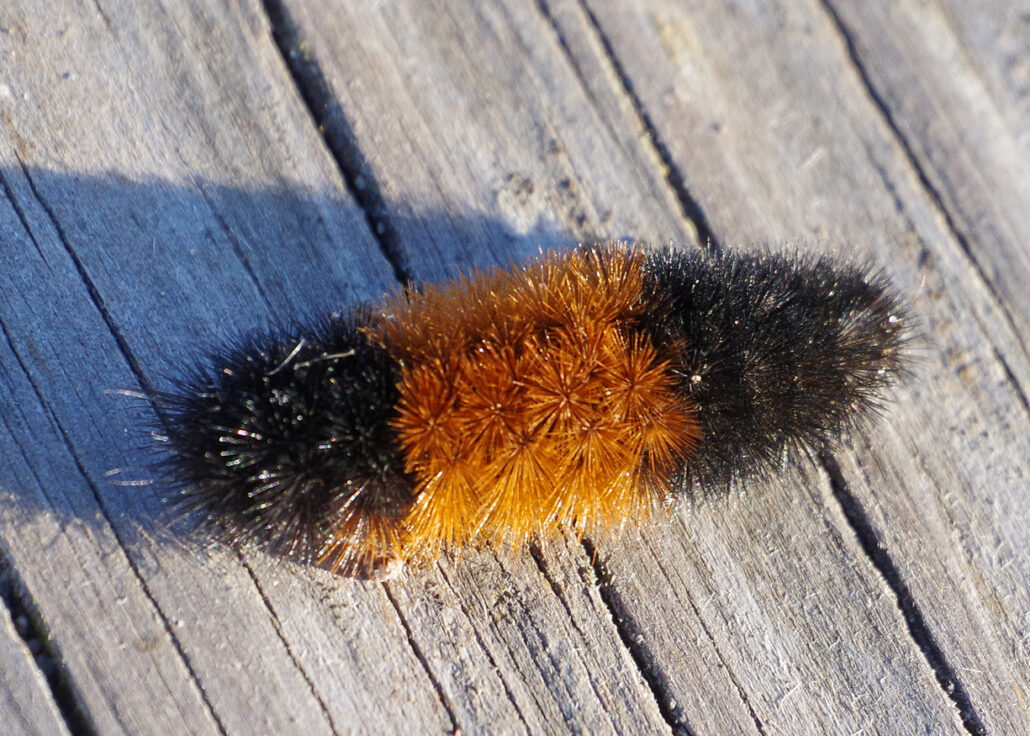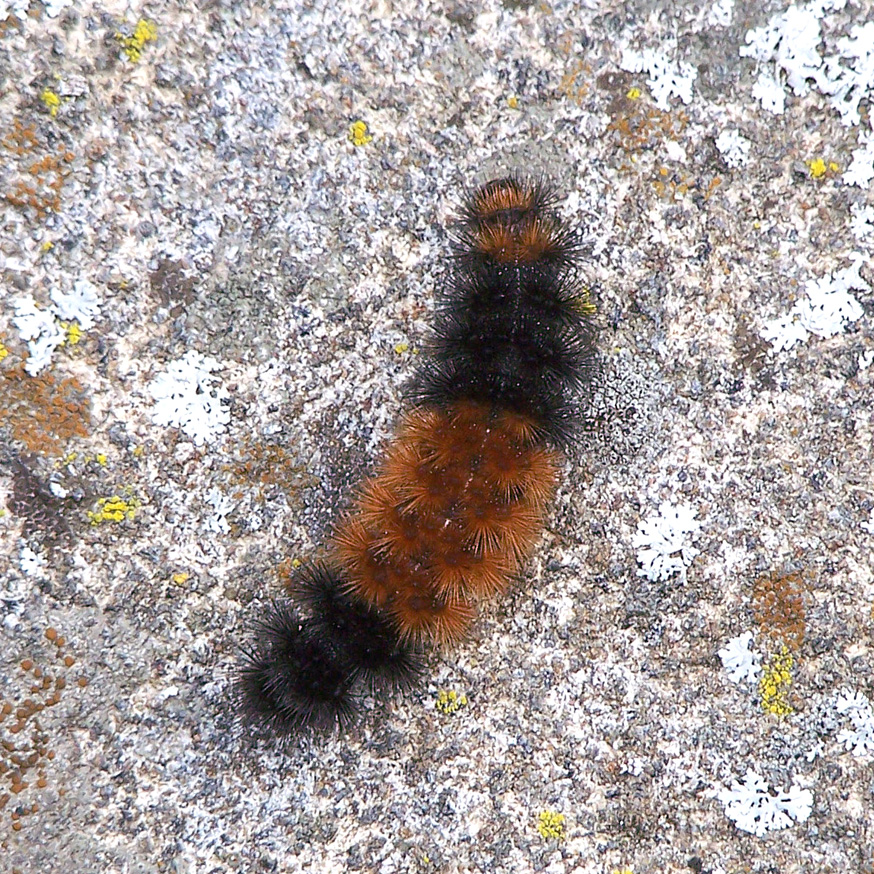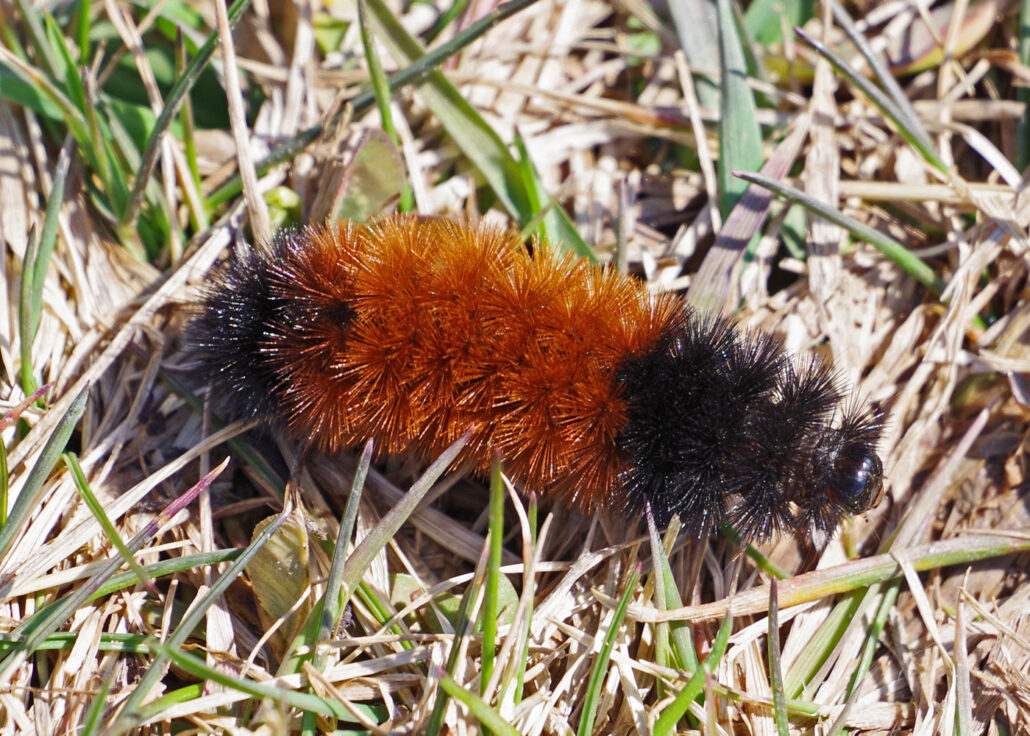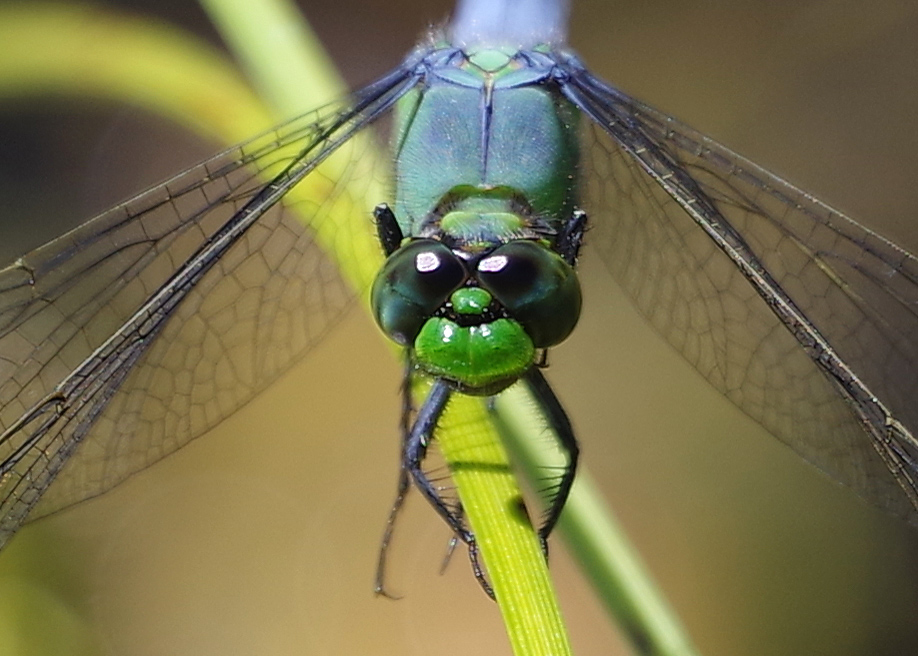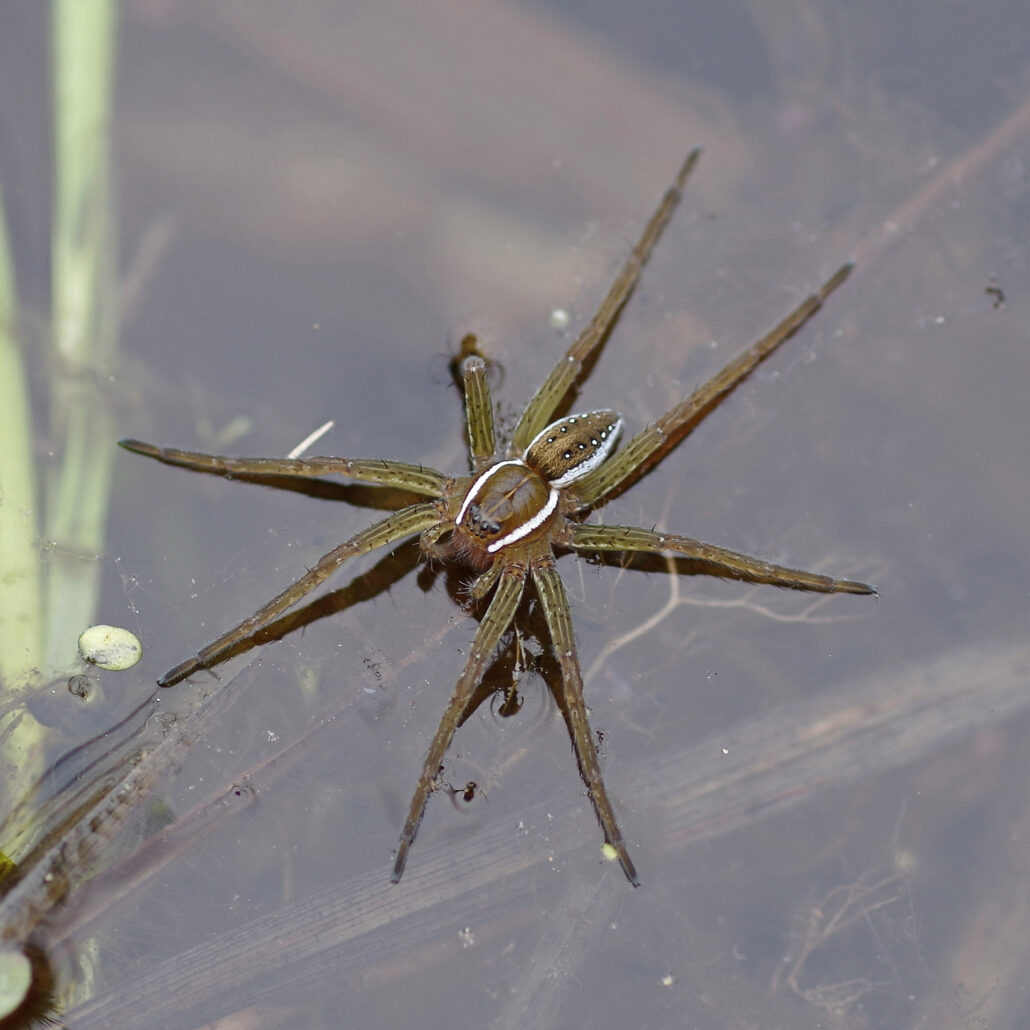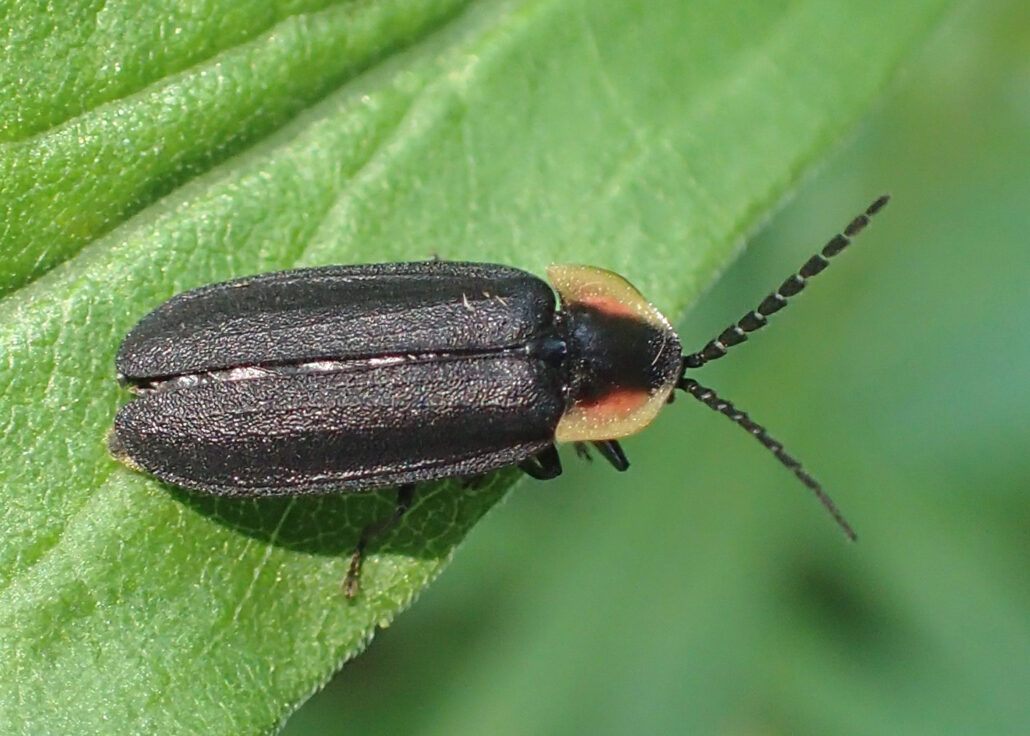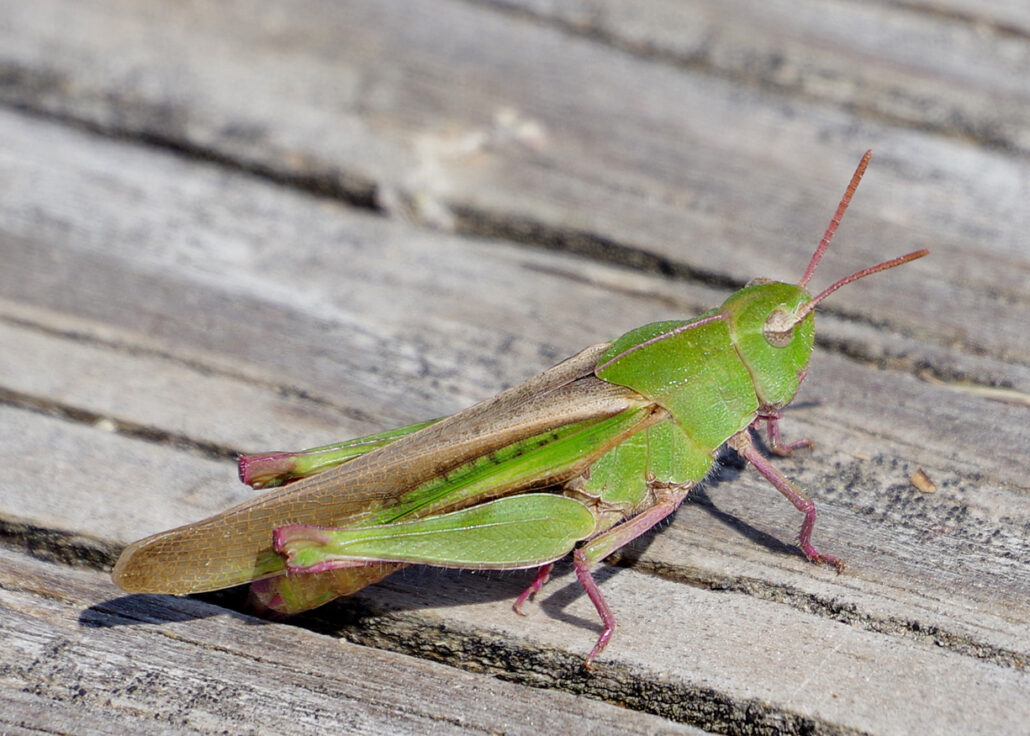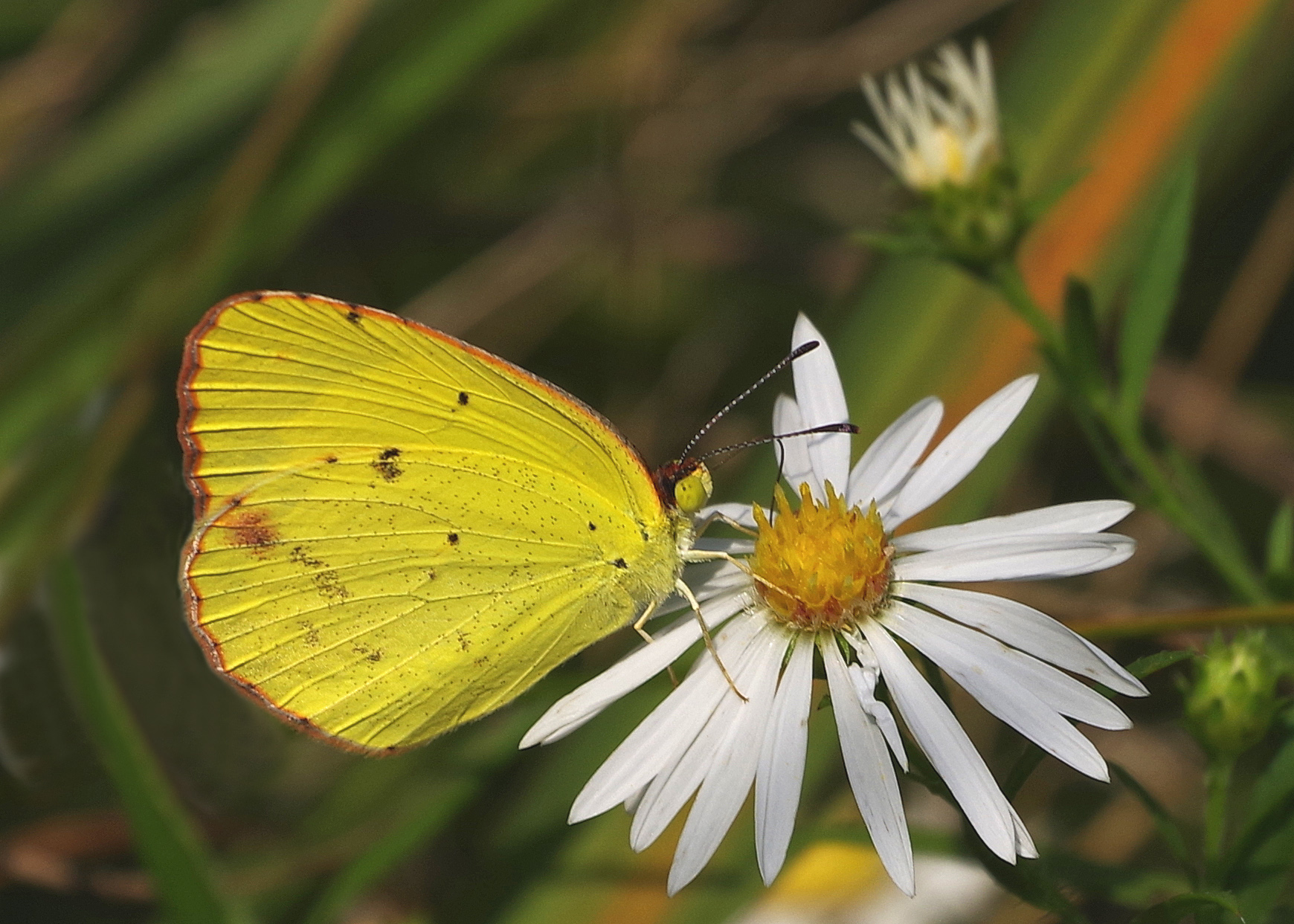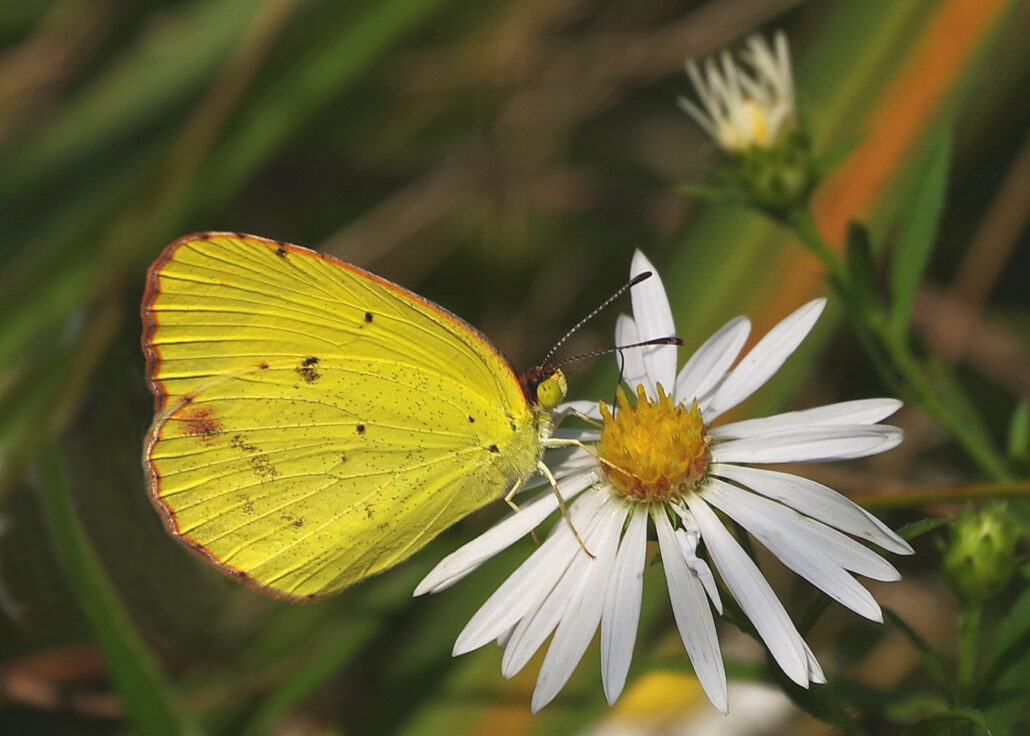
by Kate Redmond
Monarch Butterfly Status Update
Howdy, BugFans,
This is a Good-News-Bad News-Stay-Tuned kind of story.
But first, a little background. Besides being large and lovely, Monarch butterflies, of course, catch our fancy because of the death-defying migrations they undertake twice a year. Migrations – fueled by flowers – that carry some of them 3,000 miles from central Mexica into Canada.
Monarchs have a wide geographical range today, but only part of it is historic. They’ve been introduced or have found their way to and established populations in Hawaii (there’s a white subspecies in Oahu), some Caribbean Islands, Australia, New Zealand, and more, and they are accidental migrants to other spots on the globe.
Most of the North American Monarch population is divided between the Western Monarchs that occupy the Pacific Coast west of the Rockies and overwinter in the southern half of California, and the Eastern Monarchs that range from the Rockies to the Atlantic Coast and overwinter in the oyamel fir forests in a mountainous area west of Mexico City. There are also pockets of Monarchs that are permanent residents in Arizona, around the Gulf Coast through Florida, and along the Eastern Seaboard as far north as Virginia.



FIRST, THE GOOD(-ISH) NEWS. Every winter the population of Eastern Monarchs that overwinters in the Mariposa Monarca Biosphere Reserve is censused by counting how many acres/hectares of the Reserve that they occupy (one hectare equals a little less than 2.5 acres or about two football fields). The 2024 survey found Monarchs on only 2.22 acres, one of the lowest densities since the count began in 1993, but in-2025, 4.42 acres were occupied. Good news but not great news – the population is still very low, and some researchers say that in order to be sustainable, the population should cover about 15 acres.
Better weather, less drought, and better protections for the fir forests against illegal logging are credited with the increase (although, according to the Center for Biological Diversity, an ongoing threat to the forests is cutting trees in order to grow avocados for American tables).
Will this year’s boost become a trend? Monarch numbers tend to see-saw. On the negative side, a warming climate is rendering the mountainous Reserve less habitable for the firs and is making larger swatches of the South too warm for Monarch reproduction. And then there are the pesticides that affect both the plants and the insects themselves. On the positive side, citizens along the butterflies’ path are getting the message about planting the milkweed needed by Monarch caterpillars and a variety of nectar plants for the adults. For more background on Monarch populations, see https://uwm.edu/field-station/bug-of-the-week/the-monarch-butterfly-problem/.
THEN THE BAD NEWS. Western Monarchs, historically numbered in the millions and whose numbers had exceeded 200,000 in recent counts, suffered a major crash this year, with the 2024-2025 survey finding just over 9,000 butterflies. The “break-even” number for survival of the Western Monarch may be as high as 30,000, and some scientists put them at a 99% probability of being extinct by 2080.
A recent study shows a 22% decline in butterfly numbers across multiple species over the past twenty years.
AND THE STAY-TUNED NEWS. A few years ago, there was some momentum to list Monarchs as Threatened under the Endangered Species Act (ESA). An “Endangered” designation means that a species is in danger of going extinct over all or part of its range, and a “Threatened” species is one that is likely to become Endangered within the foreseeable future over all or a significant portion of its range. For that story, see https://uwm.edu/field-station/bug-of-the-week/listing-the-monarch/.
For various reasons, among them the fact that Monarch numbers can vary dramatically from year to year, the decision was kicked down the road. Then, in 2024, the U.S. Fish and Wildlife Service (USFWS) again proposed listing the Monarch. The deadline for public comment, initially set to expire in March, was extended until May 19, with a possible decision to be announced by the end of 2025. If accepted, the Monarch would be the “most common” Threatened species ever listed, which causes some observers to say that it’s still too early to bring them under the ESA umbrella.
Monarchs are already listed as Endangered in Canada and are recognized as a Species of Special Protection in Mexico.
Listing a Threatened or Endangered Species has far-reaching ripples, both monetary and regulatory (land use restrictions, for example), and requires a Solomon-like crafting of the law. Any species added to the list must have a budget and a realistic game plan for recovery – one that, in the case of the Monarch, would attempt to turn back the clock on decades of habitat loss and degradation, pesticide use, and the effects of climate change. Changing weather patterns have exposed spring migrants to stormy weather, and warmer falls have caused many Monarchs to linger in the north.
Ideally, people should embrace the conservation goals of a recovery plan voluntarily, and any plan should allow for the continuation of state and local efforts by individuals, agencies, and organizations. Too rigorous, and people will resent it and it will become a political hot-potato; not rigorous enough and the plan will fail the species. In the case of the Monarch, both the butterfly and its remarkable migration are in peril.
Fun Fact about Monarchs: they were the first butterfly species to have its genome sequenced.
Another Fun Fact about Monarchs: the name “Monarch” is thought to be a reference to 17th century British King William III, also called the Prince of Orange (the British royalty/peerage also figured into the naming of the Baltimore Oriole and the Baltimore Checkerspot butterfly after Lord Baltimore, whose servants sported orange and black livery).
Yet Another Fun Fact about Monarchs: according to Wikipedia, they’re the state insect of Alabama, Idaho, Illinois, Minnesota, Texas, Vermont, and West Virginia, and there were unsuccessful attempts in 1989 and 1991 to name them the National Insect of the United States.
Final Fun Fact about Monarchs: THEY’RE COMING! https://maps.journeynorth.org/map/?map=monarch-adult-first&year=2025.Fritillary https://bugguide.net/node/view/1990523/bgimage, https://bugguide.net/node/view/1887246/bgimage, give it a second look, just to be sure.
Kate Redmond, The BugLady
Bug of the Week archives:
http://uwm.edu/field-station/category/bug-of-the-week/

